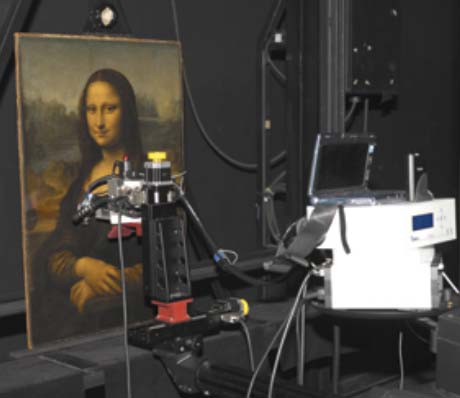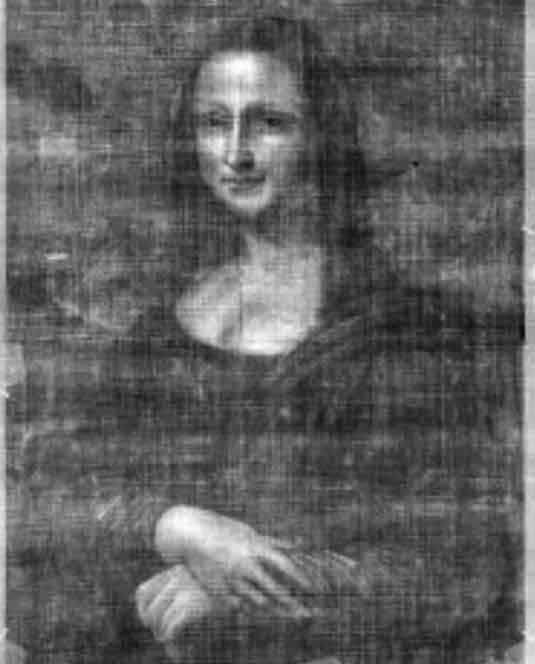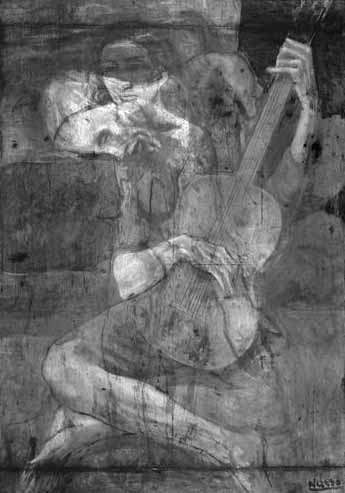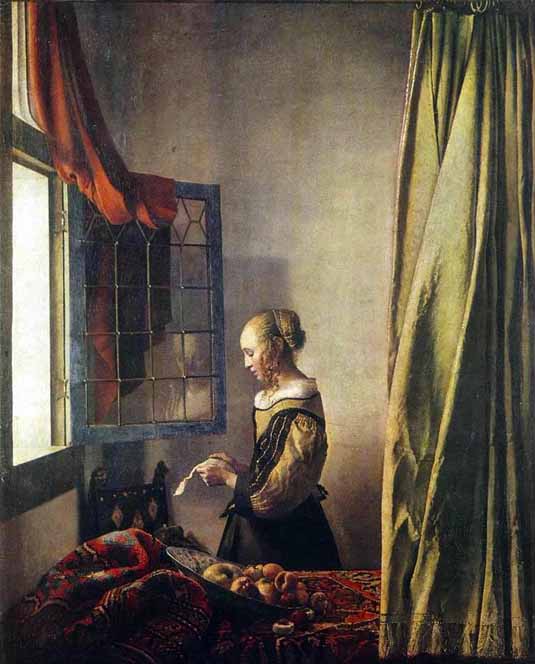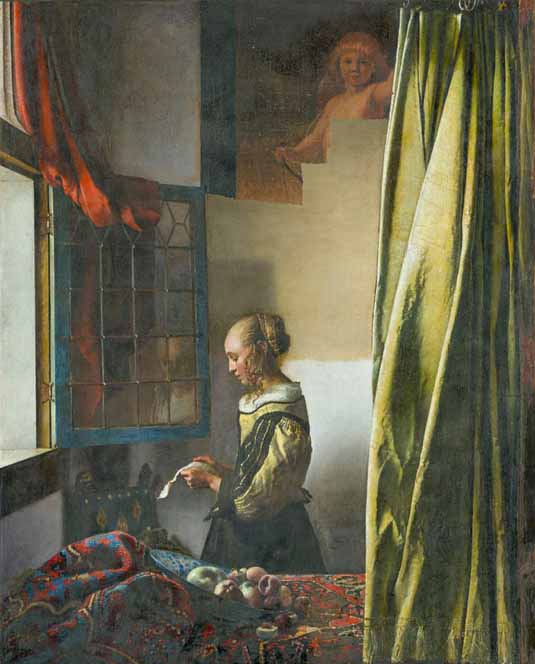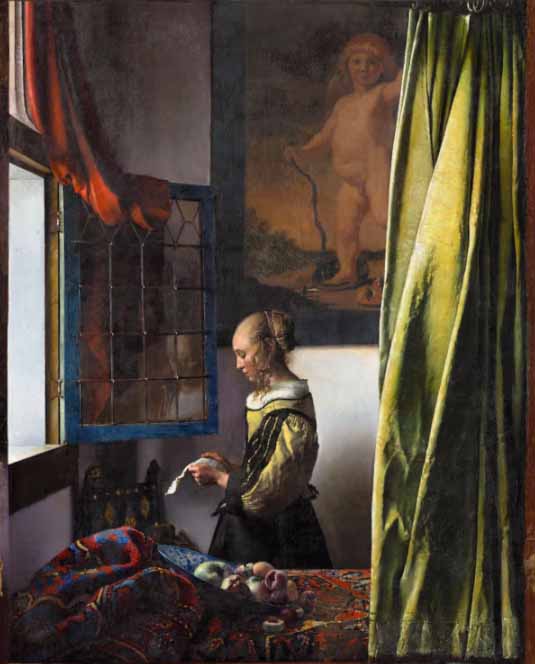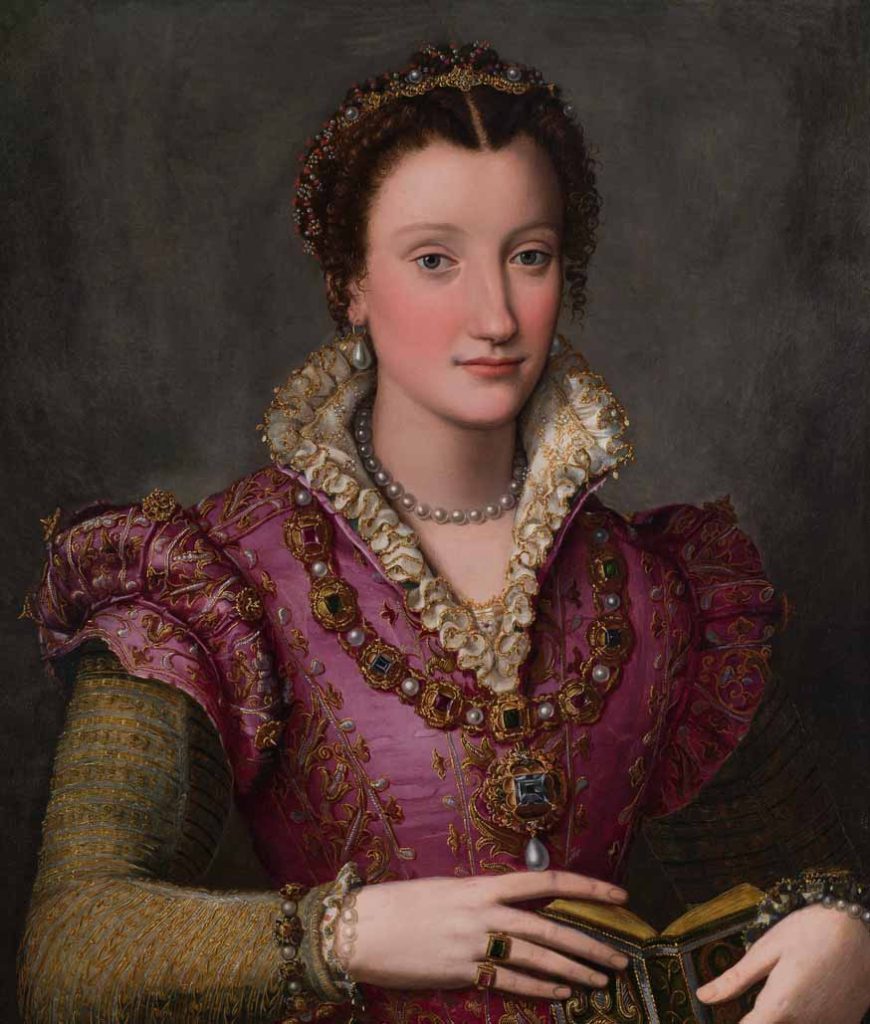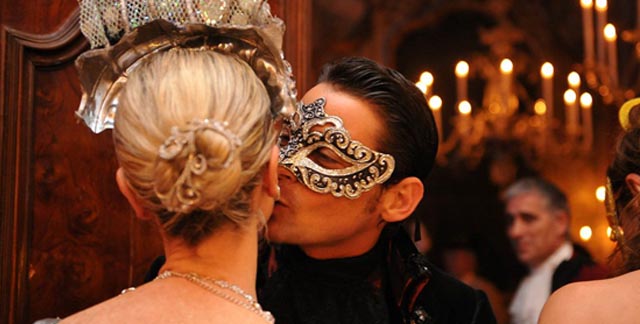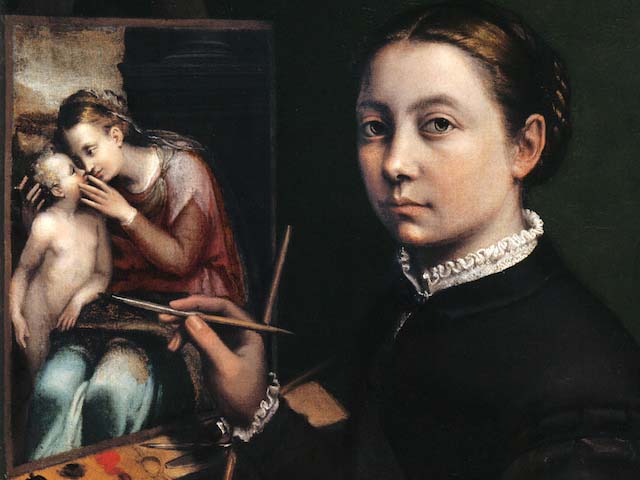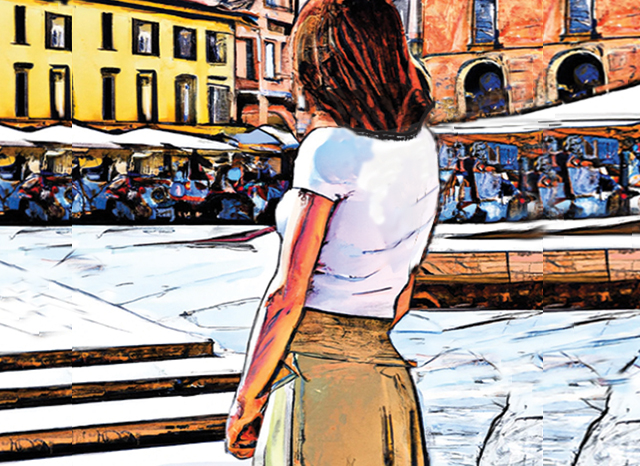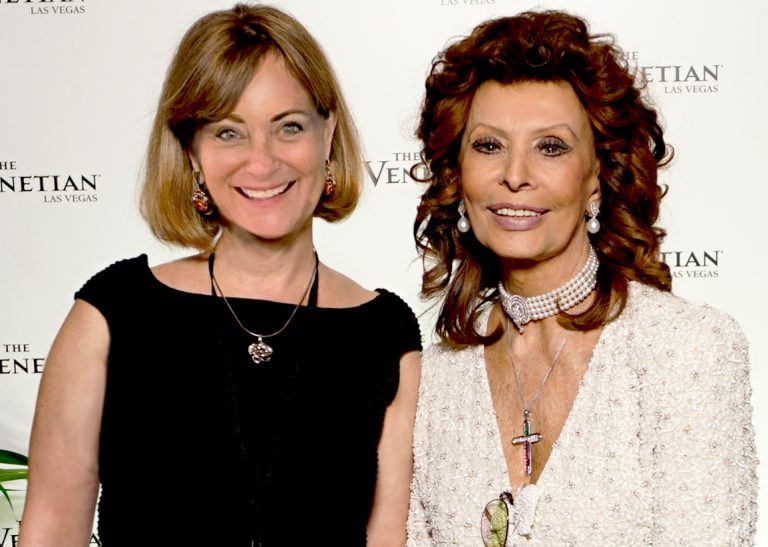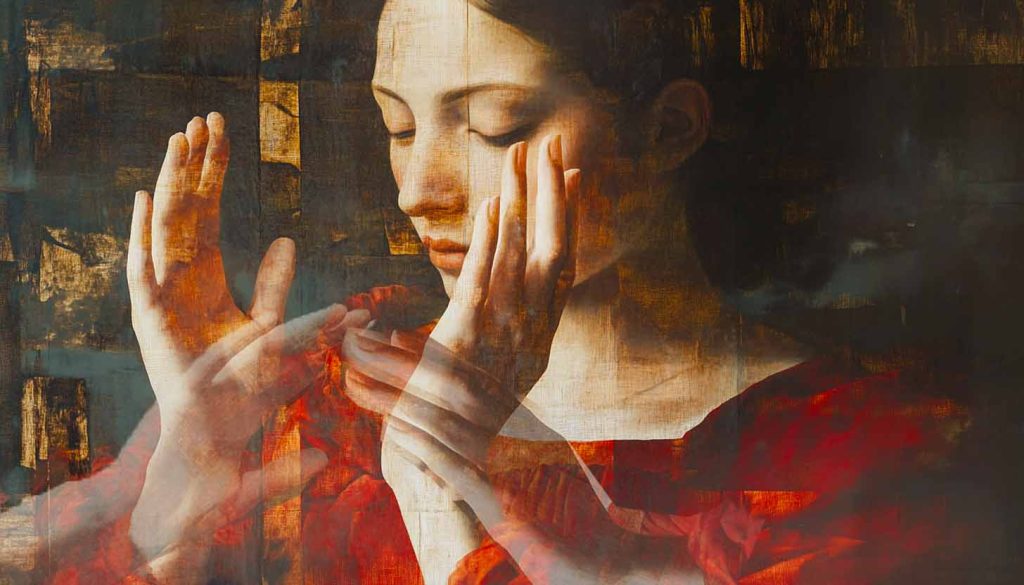
Secrets Beneath the Surface of Masterpieces
Pentimento: Regret, Revelation, and Artistic Second Thoughts
In the world of painting, there’s a term that sounds straight out of a tragic Italian love song: pentimento. It comes from the Italian word pentirsi, meaning “to repent” or “to regret.” But in art history, a pentimento is not about tears and heartbreak—it’s about a painter who simply changed their mind. Literally.
A pentimento happens when an artist paints over an earlier idea—maybe they didn’t like the position of a hand, or decided that a dog should be a cat, or (who knows!) maybe the nose just wasn’t working. Over time, as paint layers thin or fade, the ghost of that first version begins to reappear… and suddenly, we’re face-to-face with the artist’s secret thoughts.
It’s like time travel through brushstrokes.
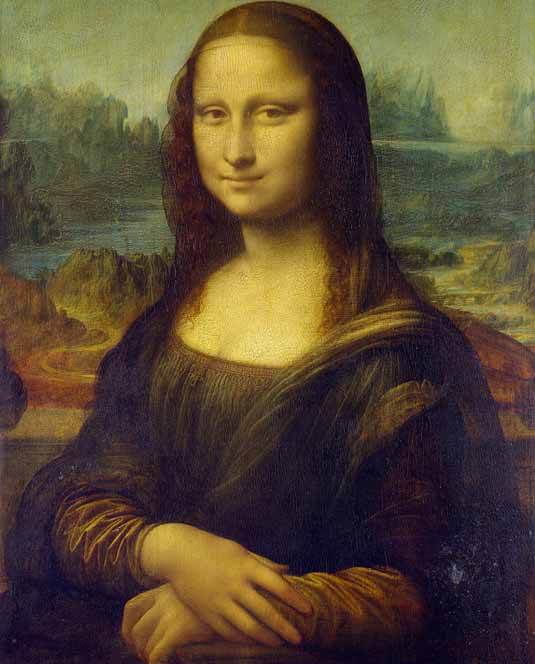
What Lies Beneath la Gioconda’s Smile?
Let’s start with la regina herself—La Gioconda, or as you know her, the Mona Lisa. Infrared scans of Leonardo’s masterpiece revealed that the position of her hands and face were adjusted several times during the painting process. Her enigmatic smile wasn’t always so serene! Leonardo toyed with different expressions, showing that even the masters weren’t so sure of themselves.
Oh, and those famously missing eyebrows? Some art historians believe they were once there and later faded—or maybe Leonardo just regretted adding them and wiped them off. That’s pentimento with flair.
Picasso’s Blue Period Ghosts
Pablo Picasso was the king of recycling his canvases. During his early Blue Period, he often painted over older works. One of the most dramatic examples is The Old Guitarist (1903). Underneath the haunting figure, X-rays revealed not one but two earlier compositions, including a woman nursing a child.
The painting unfolds in layers—emotional upon emotional—a rich stack of revisions that reveal the artist’s evolving vision, like a triple-decker of creativity and second thoughts.
Lady with a Hidden Unicorn or is it a Faithful Dog? Raphael’s Reveal
In Raphael’s Portrait of a Young Woman (also known as La Dama col Liocorno), the sitter was originally depicted holding a small dog—a traditional symbol of fidelity. But at some point during the painting process, Raphael altered his vision, replacing the loyal companion with a unicorn, shifting the symbolism to purity, chastity, and myth.
Centuries later, careful restoration revealed the faint image of the original dog beneath the surface. Curators debated whether to restore the painting to its first iteration, but ultimately decided against it, fearing that the process might compromise the integrity of the canvas. And so, the unicorn remains—cradled in the arms of its enigmatic mistress—a silent testament to the artist’s changing vision and the layered complexities of meaning in Renaissance art.
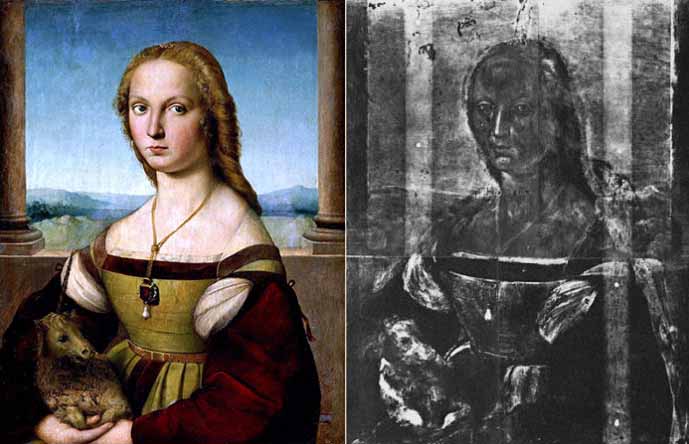
The Wine Jug That Wasn’t: Caravaggio’s Fruit Bowl Fix
Even bad boys like Caravaggio had their painterly regrets. In his Still Life with Fruit on a Stone Ledge, experts discovered a wine jug that was painted out and replaced with a cluster of grapes. What caused the change? Was it a symbolic decision? Or maybe Caravaggio thought the jug distracted from the luscious fruit? Either way, the vino went ciao.
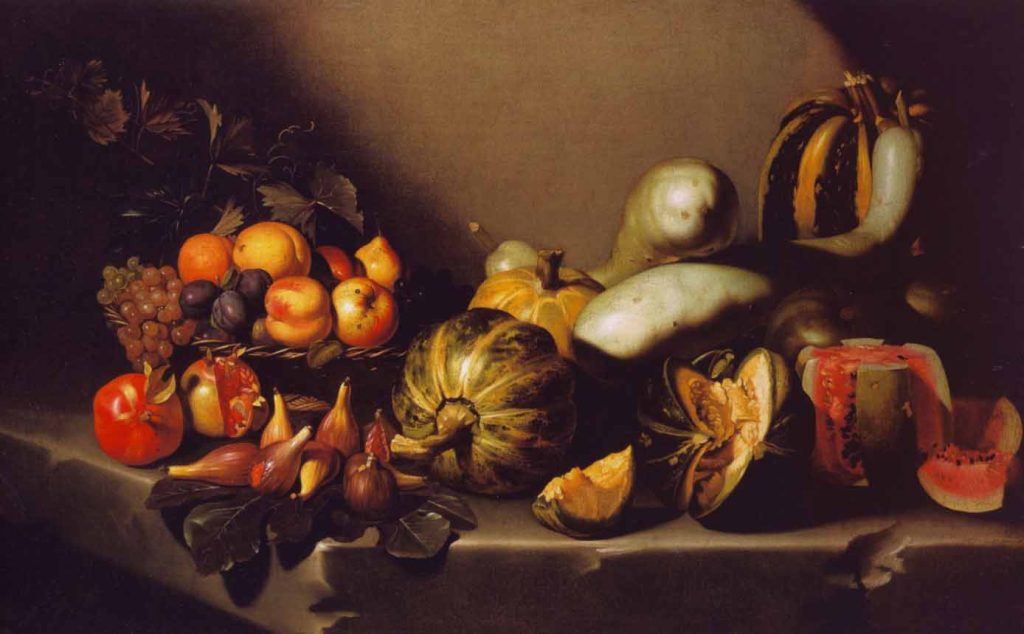
Vermeer’s Love Note: The Ghost of Cupid Past
In “Girl Reading a Letter at an Open Window” by Johannes Vermeer, a major pentimento sat quietly hidden for centuries. Originally, behind the girl was a large Cupid painting—a clue about the letter’s romantic contents. But someone (Vermeer himself or a later hand?) covered it with a plain wall. The painting was restored in 2021, revealing the Cupid again. And now the title of the painting makes a little more sense.
In Baroque art, the objects that fill a room—the furnishings, the drapery, the trinkets on a table—were rarely mere decoration. They often served as subtle (or not-so-subtle) clues, revealing whether the scene depicted a tale of sacred love or a cautionary glimpse into the profane. Each detail whispered a moral, inviting the viewer to look closer—and judge wisely.
Camilla’s Hidden Bling: Alessandro Allori’s Adjusted Affection
Even Alessandro Allori couldn’t resist a little post-painting revision. In his portrait of Camilla Martelli, the former wife of Cosimo I de’ Medici, what we see today is only part of the story. The painting, now housed in the Saint Louis Art Museum, underwent infrared reflectography analysis, and voilà—pentimento strikes again!
The scans revealed significant underdrawing changes—most notably, Camilla’s right hand was redrawn and repositioned. Why? To make room for a dazzling, jeweled pendant added to her necklace. Clearly, someone decided the portrait needed a little more Medici sparkle. Was it Allori himself elevating her image? Or was it a courtly PR move to boost her status?
A Final Brushstroke
Pentimenti remind us that art is not static—it breathes, shifts, and evolves. They show us that even the most confident artists have doubts, second thoughts, and maybe even full-on identity crises. And through them, we get a peek into the wild, wonderful process of creation.
It’s proof that even genius can have regrets—and that sometimes, what you cover up ends up telling the best story of all.
